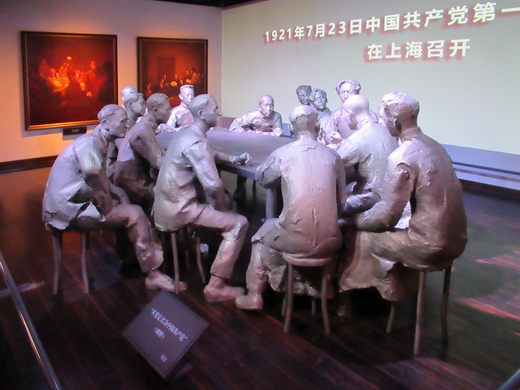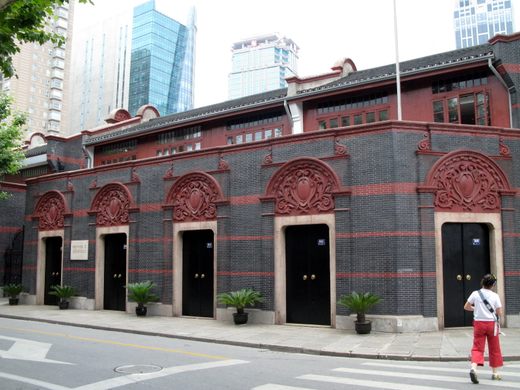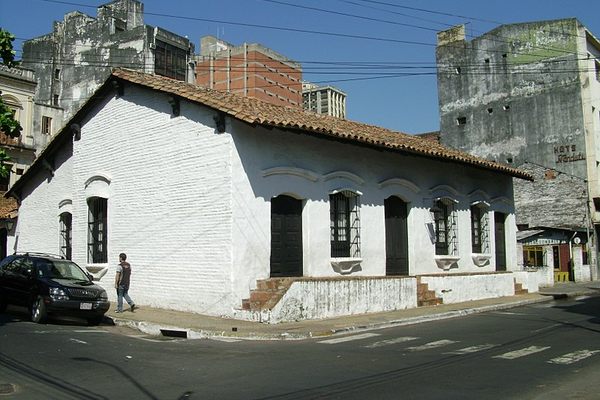Site of the First National Congress of the Chinese Communist Party
The powerful party began with a secret meeting in this shikumen in 1921.
This commemorative museum was founded in 1961, 12 years after the Chinese Communist Party vanquished the Kuomintang and established the People’s Republic of China. Decades of devastating civil war and the unlikely rise of an assistant librarian to one of the world’s most powerful leaders all began in this quiet alley lane building.
Mao Zedong famously joined 12 other leaders here from July 23 to August 2, 1921, to lay out communist plans to revitalize a nation that continued to struggle after the fall of the Qing Dynasty in 1911. Although he had yet to become the life of the party, Mao represented the Changsha region where he took radical action and opened a bookstore to disseminate the flowering communist philosophy, hoping to assert a new approach to government. At the time of the First National Congress, there were 50 members of the Communist Party. Today, there are more than 70 million.
The museum has eight exhibition rooms divided into three sections that focus on the formation of the party, the history of the party in Shanghai, and the civil war that began in 1927. The First National Congress actually met in the basement, which has been restored to its 1921 appearance and is protected almost as a shrine, such that not even photographs are permitted. The rest of the museum contains authentic items from the period and features life-sized dioramas including a wax Mao preaching communion. He Luting’s handwritten lyrics of the communist anthem “Song of the Guerrillas” are also on display.
In 2017, shortly after being declared China’s leader for a second term, Xi Jinping visited the museum to pay homage to the origins of the Communist Party and to affirm its enduring authority. Xi and members of the Politburo were photographed in the main hall with their fists raised reenacting the original Communist Party oath.
Know Before You Go
The museum is open from 9 a.m. to 4 p.m. and entry is free. The museum is within walking distance from the South Huangpi Road Station of the Shanghai Metro. For souvenirs, visitors should meander over to the sprawling Yuyuan Bazaar.

















Follow us on Twitter to get the latest on the world's hidden wonders.
Like us on Facebook to get the latest on the world's hidden wonders.
Follow us on Twitter Like us on Facebook